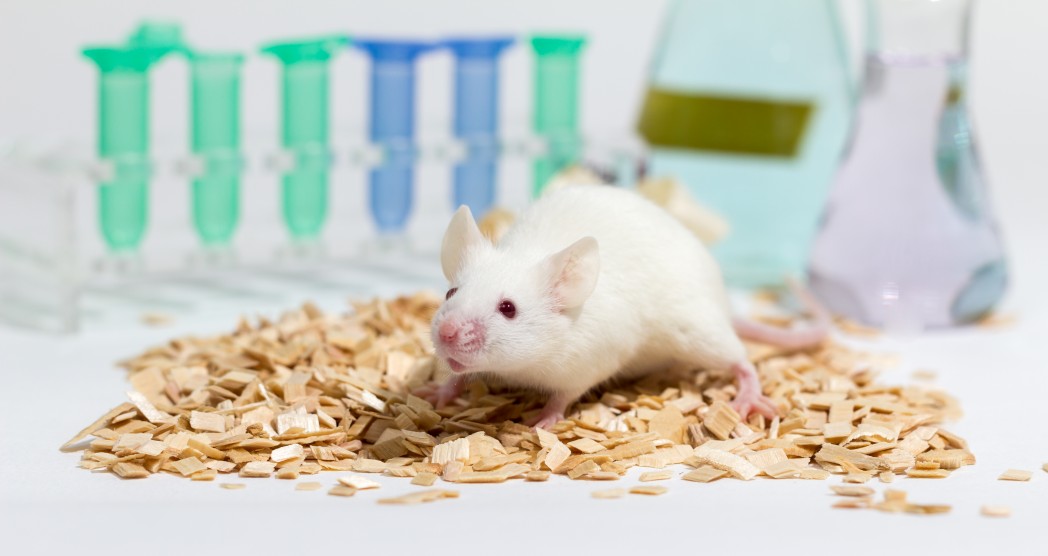ALS Symptoms Found in Mice Lacking a Specific MicroRNA Molecule

Researchers at the Salk Institute have discovered that a set of messenger RNAs, controlled by the microRNA miR-218, define a specific network of neuronal genes that are repressed to prevent neuromuscular damage and neurodegeneration. Loss of miR-218 was seen to lead to the onset of neurodegenerative diseases such as amyotrophic lateral sclerosis (ALS) in rodents. The study, titled “Loss of motoneuron-specific microRNA-218 causes systemic neuromuscular failure,” was published in Science.
MicroRNAs (miRNAs) are small non-coding RNAs that attach to messenger RNAs (mRNAs), molecules that are translated into proteins, blocking them from producing more proteins in a cell. These tiny RNA structures function as genetic regulators by tuning down gene expression. Recent research has highlighted that genes involved in the production of microRNAs are frequently mutated in patients with neurodegenerative conditions such as ALS and spinal muscular atrophy (SMA). Researchers previously studied the RNAs present in motor neurons, nerve cells responsible for transmitting impulses from the central nervous system to the muscles, observing that one miRNA, miR-218, is specifically abundant in these nerves cells.
In the present study, the team used CRISPR-Cas9, a new gene-editing technology, to eliminate the DNA responsible for miR-218 generation in a mouse model. The animals developed a normal nervous system, an unexpected result since previous research has shown that neurogenesis is affected by miR-218 elimination. However, the team observed defects in the junctions between nerves and muscles, with motor neurons in a hyper-excitable state that ultimately causes them to die — all characteristics present in ALS and SMA. Further, miR-218 was found to directly control more than 300 genes.
These discoveries are an important step in uncovering the potential role of miRNAs in neurodegenerative diseases and, subsequently, a possible therapeutic strategy if miR-218 restoration is achieved in motor neurons. “We haven’t yet directly shown a link between motor neuron disease and this microRNA. The next step is to further investigate the direct links between this microRNA and patients with motor diseases,” said Neal Amin, the study’s first author, in a Salk press release.
Professor Samuel Pfaff, the senior author, said of the study’s importance, “It breaks down a few common preconceptions about what microRNAs do in the nervous system, and that opens doors for people to start studying microRNAs as a class of molecules that might have significant links to many types of neurodegenerative disorders.”






